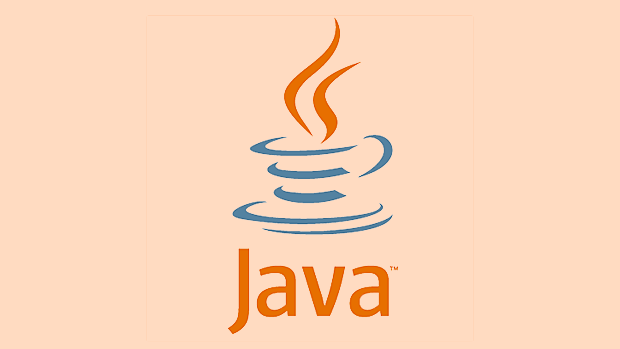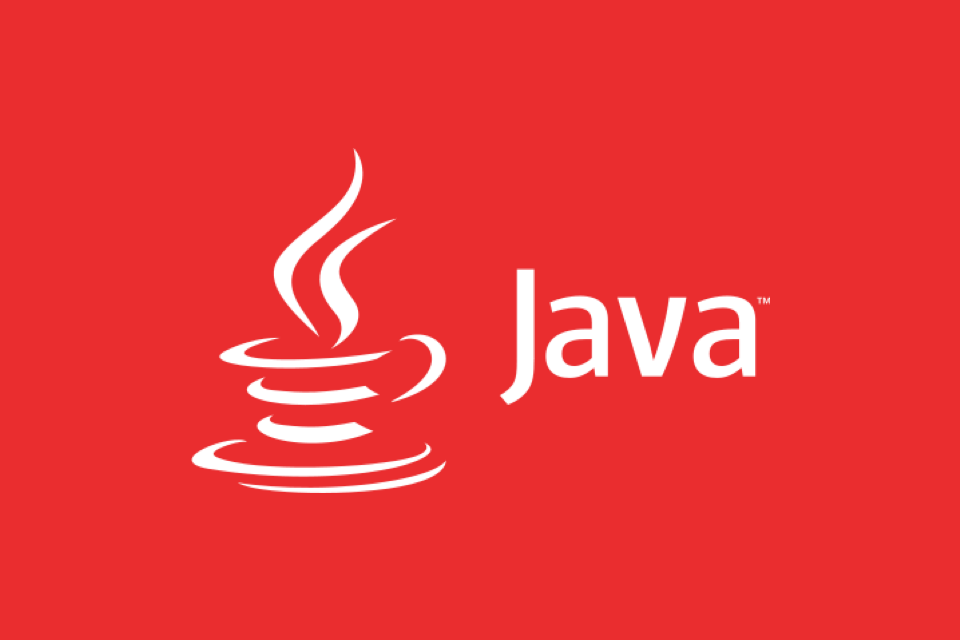Dynamic proxy is used in Java to create proxy objects that implement a specific interface at runtime. Its core is implemented through the java.lang.reflect.Proxy class and the InvocationHandler interface. The specific steps are: 1. Define the interface; 2. Create a real object to implement the interface; 3. Write an InvocationHandler to handle method calls; 4. JVM automatically generates proxy classes and intercepts method calls. Common application scenarios include logging, security checking, performance monitoring, and testing simulation. Dynamic proxy has problems such as only supporting interfaces (default), slight performance overhead caused by reflection, and increased debugging complexity. The example shows how to implement the logging function of the proxy through LoggingHandler.

Dynamic proxies in Java are a way to create a proxy object at runtime that implements one or more interfaces. This proxy can intercept method calls before delegating them to the actual object, allowing you to add behavior like logging, security checks, or performance monitoring without modifying the original class.

They're especially useful when you want to apply cross-cutting concerns consistently across multiple classes that share an interface.
How Dynamic Proxies Work
At the core of dynamic proxies is the java.lang.reflect.Proxy class and the InvocationHandler interface.

Here's how it works:
- You define an interface (or multiple interfaces).
- You have a real object that implements that interface.
- You create an
InvocationHandlerthat defines what should happen when methods are called on the proxy. - The JVM generates a new class at runtime that implements your interface and routes all method calls through your handler.
The key point: you don't write the proxy class yourself — it's generated dynamically.

When Should You Use Them?
Dynamic proxies come in handy in several practical scenarios:
- Logging method calls : Automatically log entry/exit of methods without adding print statements everywhere.
- Security checks : Intercept method calls and verify permissions before execution.
- Performance monitoring : Time how long method calls take and collect metrics.
- Mocking/stubbing in tests : Frameworks like Mockito use proxies to simulate behavior.
If you find yourself repeating logic around method invocations across many classes, dynamic proxies might be a good fit.
Basic Example
Let's say you have a simple interface:
public interface Service {
void doSomething();
}And a class implementing it:
public class RealService implements Service {
public void doSomething() {
System.out.println("Doing something...");
}
}Now, here's how you'd create a proxy that logs each method call:
public class LoggingHandler implements InvocationHandler {
private Object target;
public LoggingHandler(Object target) {
this.target = target;
}
public Object invoke(Object proxy, Method method, Object[] args) throws Throwable {
System.out.println("Before method: " method.getName());
Object result = method.invoke(target, args);
System.out.println("After method: " method.getName());
return result;
}
}Finally, create and use the proxy:
Service realService = new RealService();
Service proxy = (Service) Proxy.newProxyInstance(
realService.getClass().getClassLoader(),
new Class[]{Service.class},
new LoggingHandler(realService)
);
proxy.doSomething();You'll see both the log messages and the actual behavior executed.
Limitations and Considerations
There are a few things to keep in mind:
- They only work with interfaces by default (though libraries like CGLIB can handle classes too).
- Performance overhead is minimal but measurable — not ideal for ultra-low-lateency code.
- Debugging can get trickier since the proxy class is generated at runtime.
- Stack traces may show synthetic classes, which can confuse developers unfamiliar with proxies.
Also, because everything goes through reflection, some IDEs and static analysis tools might miss what's really going on unless properly configured.
So while dynamic proxies aren't needed every day, they're a powerful tool when you need to wrap behavior consistently around interface methods. Once you understand how Proxy and InvocationHandler fit together, they're not hard to use — just easy to overlook until you really need them.
Basically that's it.
The above is the detailed content of What are dynamic proxies in Java?. For more information, please follow other related articles on the PHP Chinese website!

Hot AI Tools

Undress AI Tool
Undress images for free

Undresser.AI Undress
AI-powered app for creating realistic nude photos

AI Clothes Remover
Online AI tool for removing clothes from photos.

Clothoff.io
AI clothes remover

Video Face Swap
Swap faces in any video effortlessly with our completely free AI face swap tool!

Hot Article

Hot Tools

Notepad++7.3.1
Easy-to-use and free code editor

SublimeText3 Chinese version
Chinese version, very easy to use

Zend Studio 13.0.1
Powerful PHP integrated development environment

Dreamweaver CS6
Visual web development tools

SublimeText3 Mac version
God-level code editing software (SublimeText3)

Hot Topics
 Difference between HashMap and Hashtable?
Jun 24, 2025 pm 09:41 PM
Difference between HashMap and Hashtable?
Jun 24, 2025 pm 09:41 PM
The difference between HashMap and Hashtable is mainly reflected in thread safety, null value support and performance. 1. In terms of thread safety, Hashtable is thread-safe, and its methods are mostly synchronous methods, while HashMap does not perform synchronization processing, which is not thread-safe; 2. In terms of null value support, HashMap allows one null key and multiple null values, while Hashtable does not allow null keys or values, otherwise a NullPointerException will be thrown; 3. In terms of performance, HashMap is more efficient because there is no synchronization mechanism, and Hashtable has a low locking performance for each operation. It is recommended to use ConcurrentHashMap instead.
 Why do we need wrapper classes?
Jun 28, 2025 am 01:01 AM
Why do we need wrapper classes?
Jun 28, 2025 am 01:01 AM
Java uses wrapper classes because basic data types cannot directly participate in object-oriented operations, and object forms are often required in actual needs; 1. Collection classes can only store objects, such as Lists use automatic boxing to store numerical values; 2. Generics do not support basic types, and packaging classes must be used as type parameters; 3. Packaging classes can represent null values ??to distinguish unset or missing data; 4. Packaging classes provide practical methods such as string conversion to facilitate data parsing and processing, so in scenarios where these characteristics are needed, packaging classes are indispensable.
 What are static methods in interfaces?
Jun 24, 2025 pm 10:57 PM
What are static methods in interfaces?
Jun 24, 2025 pm 10:57 PM
StaticmethodsininterfaceswereintroducedinJava8toallowutilityfunctionswithintheinterfaceitself.BeforeJava8,suchfunctionsrequiredseparatehelperclasses,leadingtodisorganizedcode.Now,staticmethodsprovidethreekeybenefits:1)theyenableutilitymethodsdirectly
 How does JIT compiler optimize code?
Jun 24, 2025 pm 10:45 PM
How does JIT compiler optimize code?
Jun 24, 2025 pm 10:45 PM
The JIT compiler optimizes code through four methods: method inline, hot spot detection and compilation, type speculation and devirtualization, and redundant operation elimination. 1. Method inline reduces call overhead and inserts frequently called small methods directly into the call; 2. Hot spot detection and high-frequency code execution and centrally optimize it to save resources; 3. Type speculation collects runtime type information to achieve devirtualization calls, improving efficiency; 4. Redundant operations eliminate useless calculations and inspections based on operational data deletion, enhancing performance.
 What is an instance initializer block?
Jun 25, 2025 pm 12:21 PM
What is an instance initializer block?
Jun 25, 2025 pm 12:21 PM
Instance initialization blocks are used in Java to run initialization logic when creating objects, which are executed before the constructor. It is suitable for scenarios where multiple constructors share initialization code, complex field initialization, or anonymous class initialization scenarios. Unlike static initialization blocks, it is executed every time it is instantiated, while static initialization blocks only run once when the class is loaded.
 What is the Factory pattern?
Jun 24, 2025 pm 11:29 PM
What is the Factory pattern?
Jun 24, 2025 pm 11:29 PM
Factory mode is used to encapsulate object creation logic, making the code more flexible, easy to maintain, and loosely coupled. The core answer is: by centrally managing object creation logic, hiding implementation details, and supporting the creation of multiple related objects. The specific description is as follows: the factory mode handes object creation to a special factory class or method for processing, avoiding the use of newClass() directly; it is suitable for scenarios where multiple types of related objects are created, creation logic may change, and implementation details need to be hidden; for example, in the payment processor, Stripe, PayPal and other instances are created through factories; its implementation includes the object returned by the factory class based on input parameters, and all objects realize a common interface; common variants include simple factories, factory methods and abstract factories, which are suitable for different complexities.
 What is the `final` keyword for variables?
Jun 24, 2025 pm 07:29 PM
What is the `final` keyword for variables?
Jun 24, 2025 pm 07:29 PM
InJava,thefinalkeywordpreventsavariable’svaluefrombeingchangedafterassignment,butitsbehaviordiffersforprimitivesandobjectreferences.Forprimitivevariables,finalmakesthevalueconstant,asinfinalintMAX_SPEED=100;wherereassignmentcausesanerror.Forobjectref
 What is type casting?
Jun 24, 2025 pm 11:09 PM
What is type casting?
Jun 24, 2025 pm 11:09 PM
There are two types of conversion: implicit and explicit. 1. Implicit conversion occurs automatically, such as converting int to double; 2. Explicit conversion requires manual operation, such as using (int)myDouble. A case where type conversion is required includes processing user input, mathematical operations, or passing different types of values ??between functions. Issues that need to be noted are: turning floating-point numbers into integers will truncate the fractional part, turning large types into small types may lead to data loss, and some languages ??do not allow direct conversion of specific types. A proper understanding of language conversion rules helps avoid errors.






